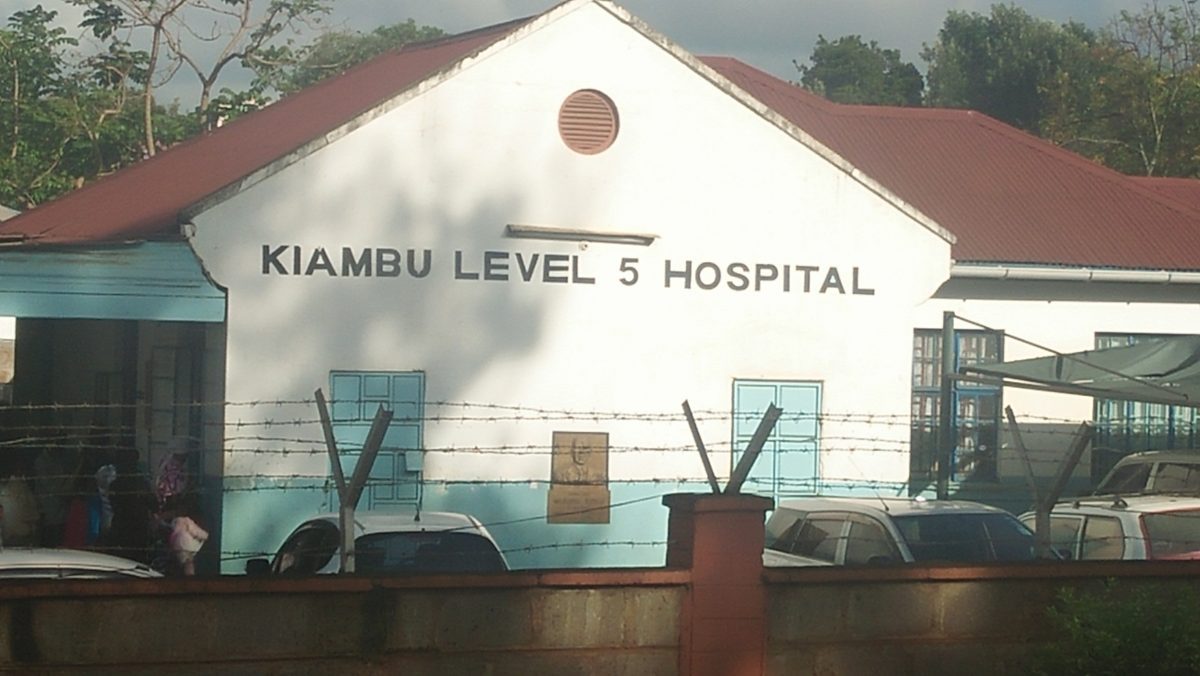Hi y’all! I can’t believe I’ve already been in Kenya for almost 4 weeks – time flies when you’re busy and having fun! This week, I have continued researching components for my Medevice project and have started simulating circuits using software. I’ve learned that engineering tasks that seem simple and straightforward, such as “simulate expected photodiode signal levels”, take a lot more time, patience, and research than they seem. I’ve had to break down the steps of how the pulse oximeter hardware should function, research different electrical components and circuits, establish performance specifications the components and overall circuits should meet, and learn how to properly simulate analog circuits in LTSpice, a software for drawing and testing circuit schematics. For the upcoming week, I plan to finish my schematics and simulations, finalize my parts list, and buy the components I need to start prototyping my initial design.

In addition to working on my project, I got to take a day off work on Wednesday to go visit Kiambu Level 5 Hospital with other Rice students from iSeed and Rice 360 as well as students from Kenyatta University’s needs finding bootcamp. In Kenya, hospitals are designated by level based on their size and the services they offer, with level 1 being the smallest and level 6 being the largest. Even though Kiambu was a level 5 hospital, which serves as a larger referral center for smaller hospitals and offers various specialties, it was still very different from my experience with hospitals in the United States. I got to see the casualty department, which consisted of a single room with only a few beds and one monitoring machine for the various patients, as well as the labor and maternity ward. In the maternity ward, there were various sections depending on the stage of the mother’s pregnancy, the purpose of the visit, and whether she had any conditions, such as high blood pressure, that required additional tests or monitoring. During my observations and discussions with the labor nurses, I noticed that there were many instances where there was insufficient or inadequate equipment. I also learned from the nurses that there was a gap in testing for some conditions – gestational diabetes was rarely tested or detected until after labor, and the hospital had no quantitative way to test for postpartum hemorrhage. I’m thankful I was able to observe at the hospital, as it was a great opportunity to improve my needs finding skills. It was also fun to head back to Kenyatta University afterwards to participate in the bootcamp with the other Rice and Kenyatta students.




This weekend was a bit more laid back than the previous two – no safaris or animal sightings (besides the monkey that likes to pop by the office sometimes). On Saturday, I went to the gym, got groceries, meal prepped, and called my parents. On Sunday, I did a relaxing 4 mile hike in Karura Forest, a park in Nairobi about 15 minutes from my apartment. I went expecting a chill walk, but was pleasantly surprised to see that there was a river flowing through the park with a beautiful waterfall, in addition to a cave and lots of tall trees. In the evening, I went with Colin and Jasmine to Fogo Gaucho, an all-you-can-eat Brazilian steakhouse, to celebrate Colin’s birthday. For only $25, I had unlimited access to 12 different cuts and types of meat, a buffet, and delicious grilled pineapple with cinnamon. I even got to try crocodile meat for the first time (tasted like chicken with the texture of fish)! Until next week!
